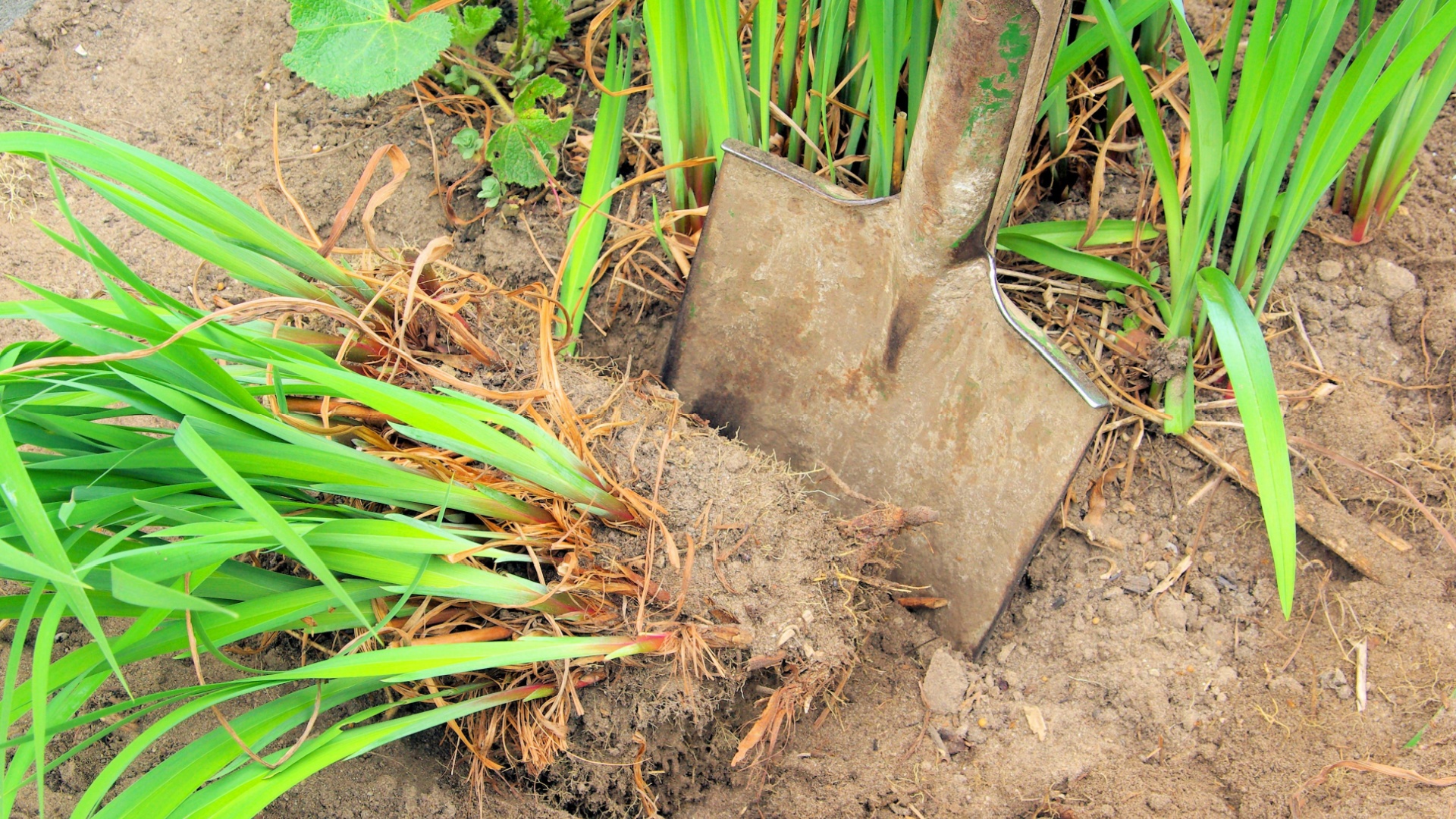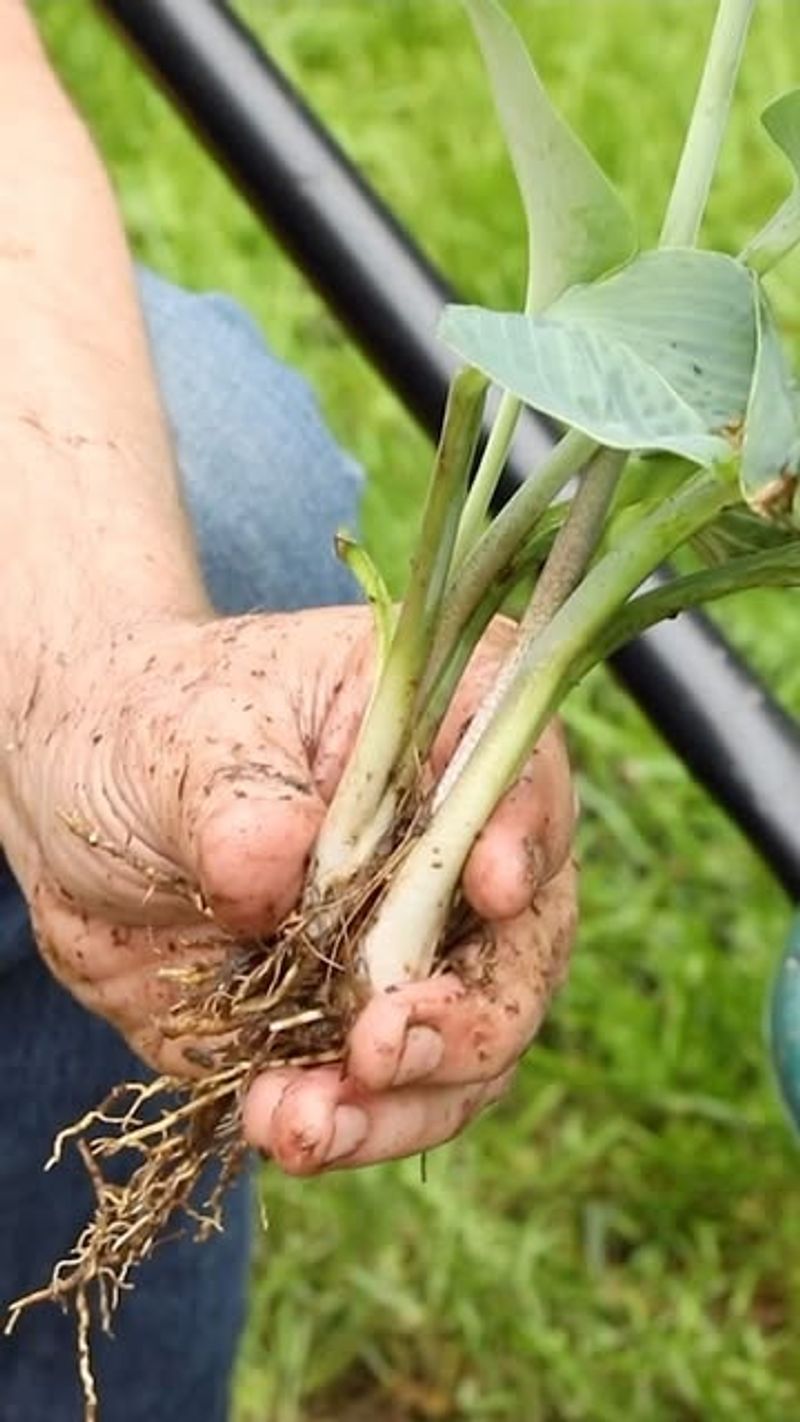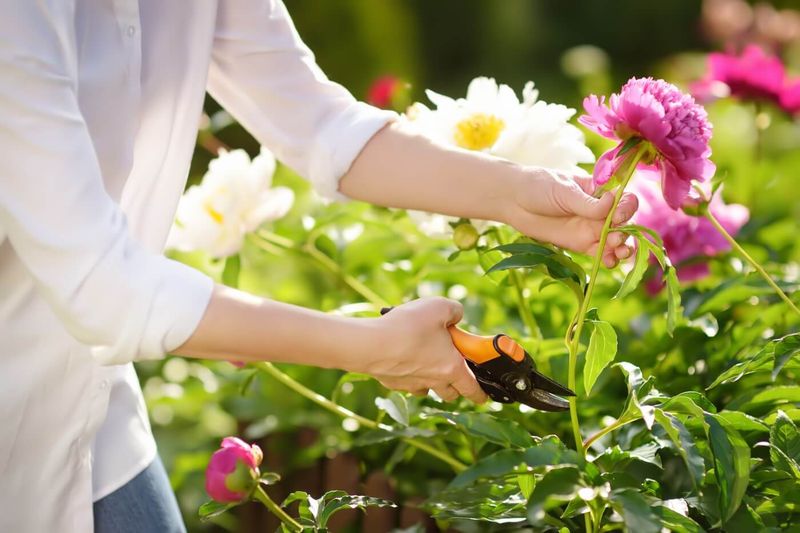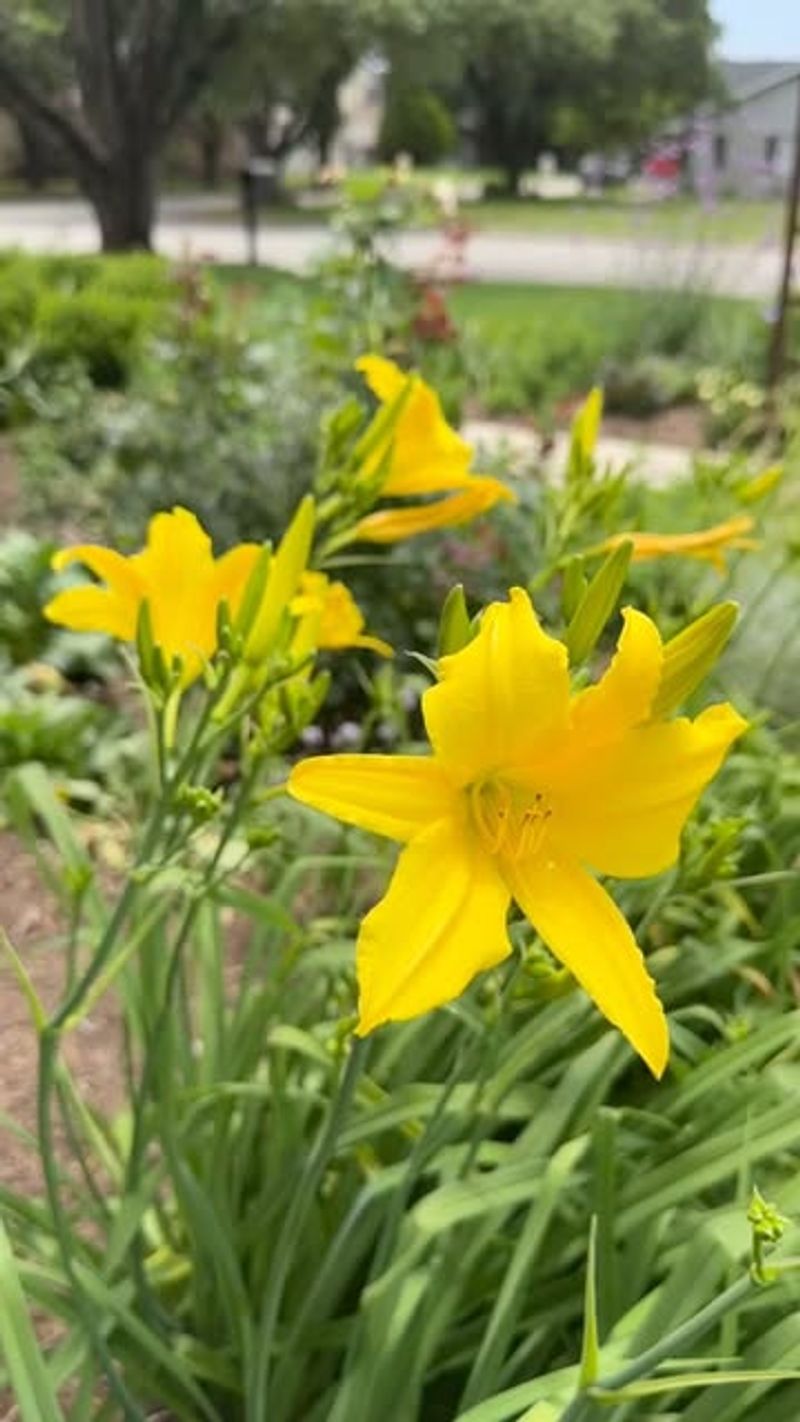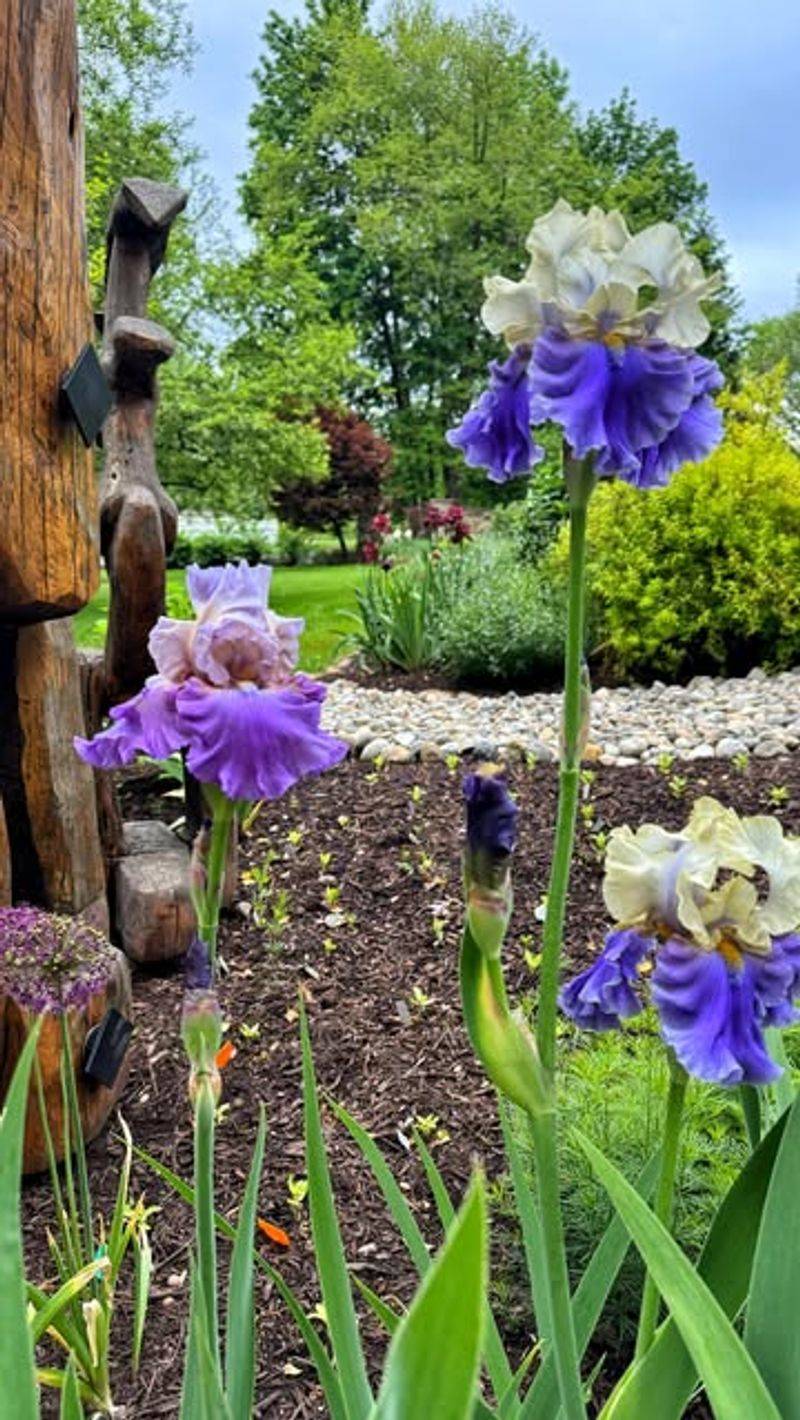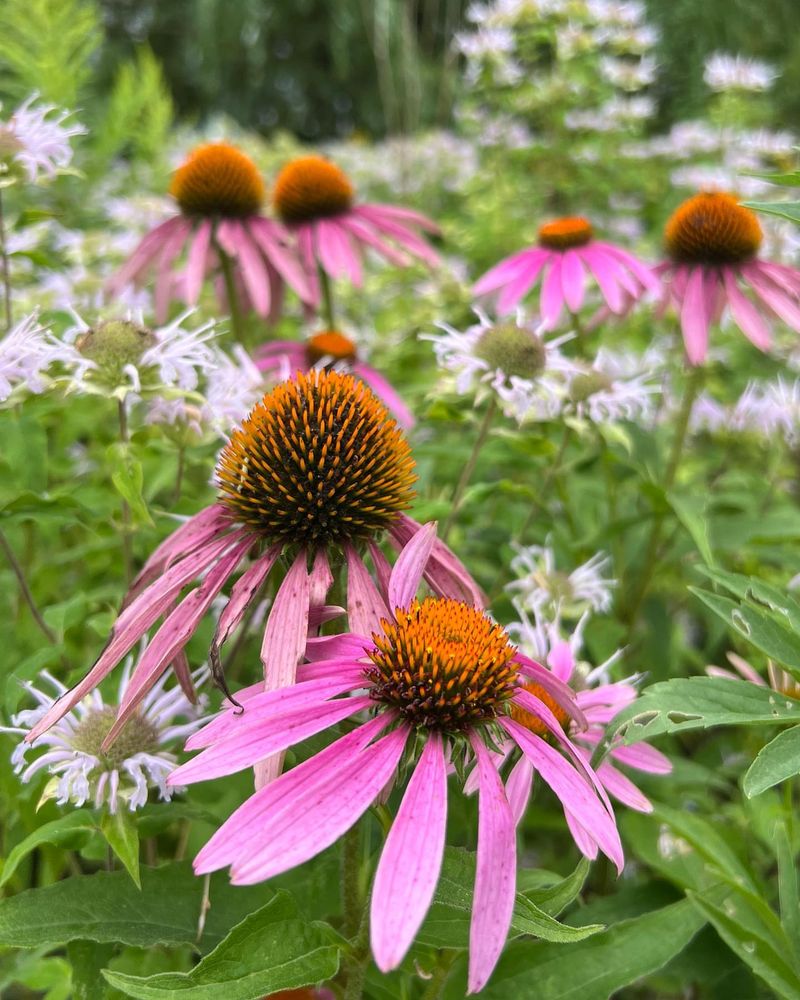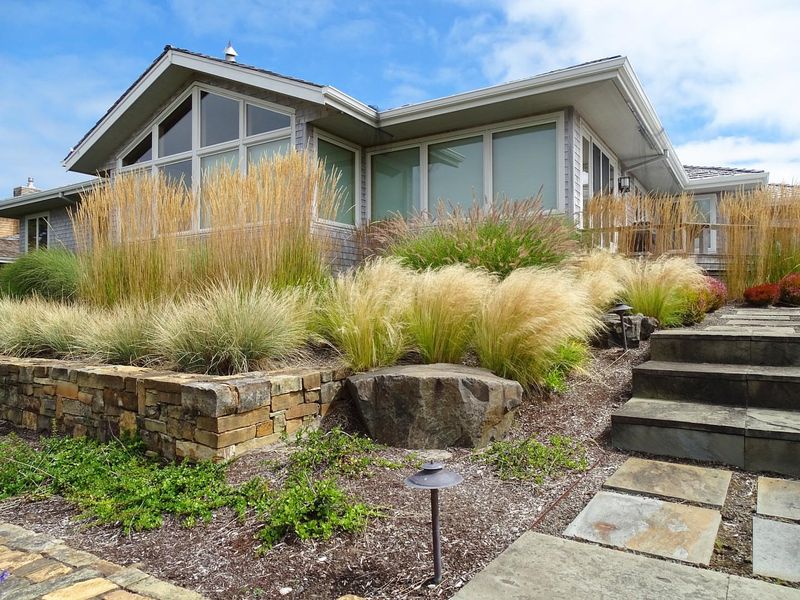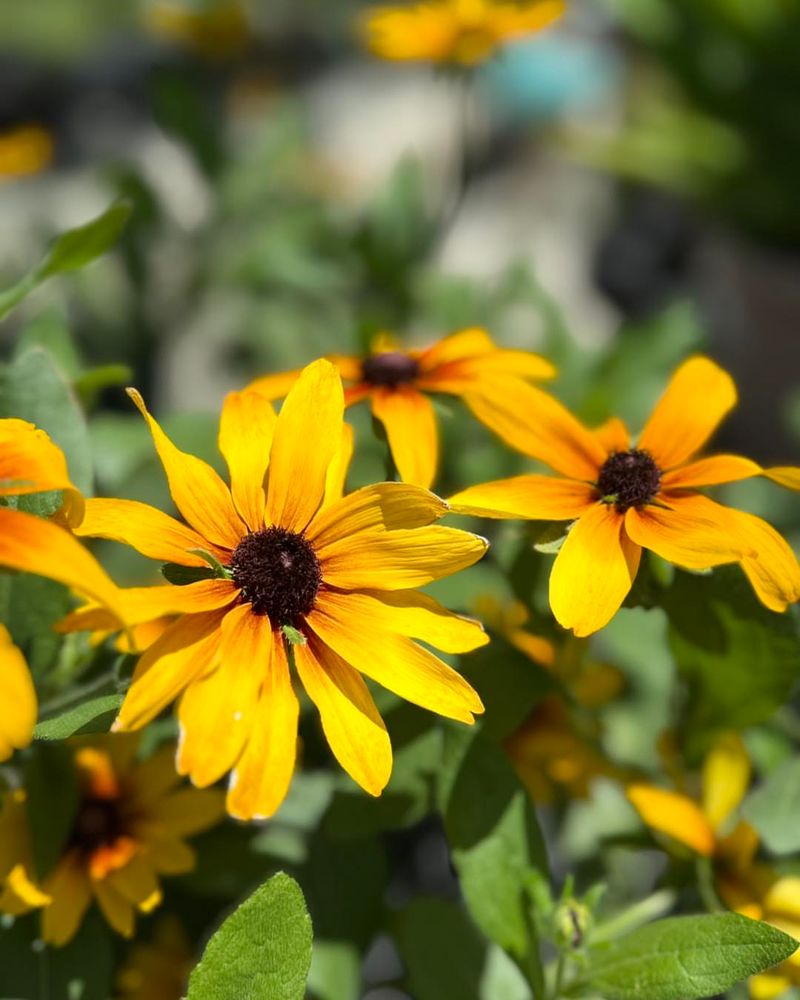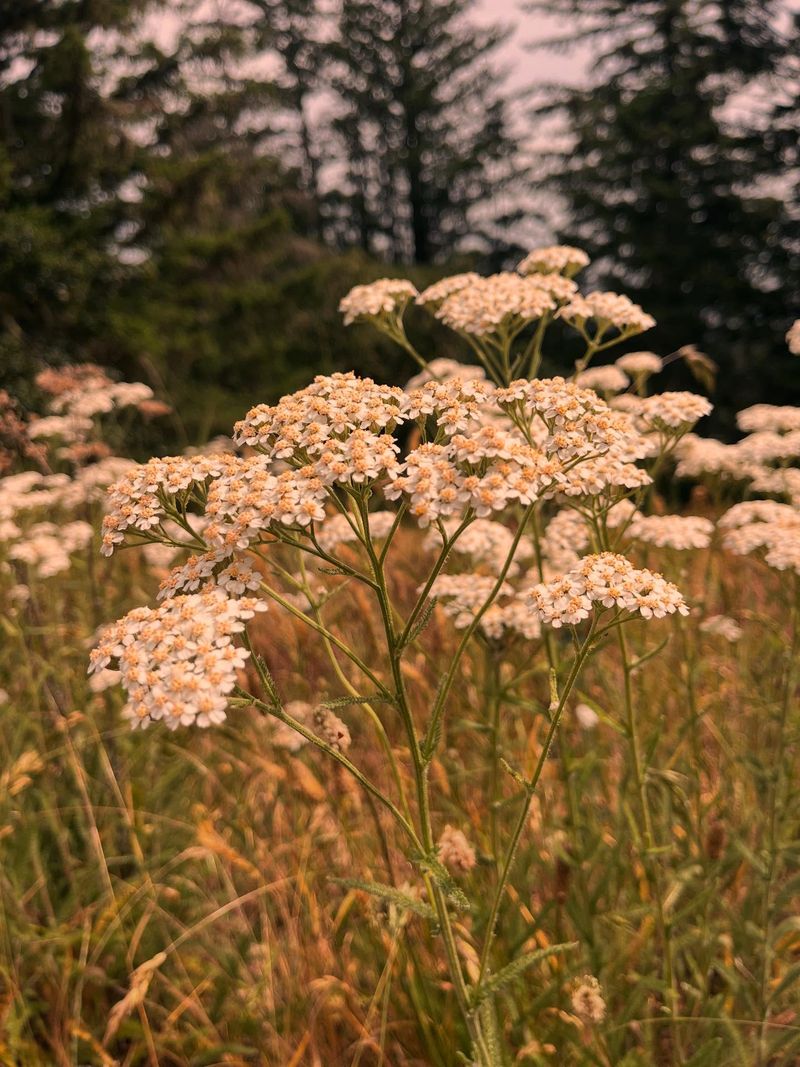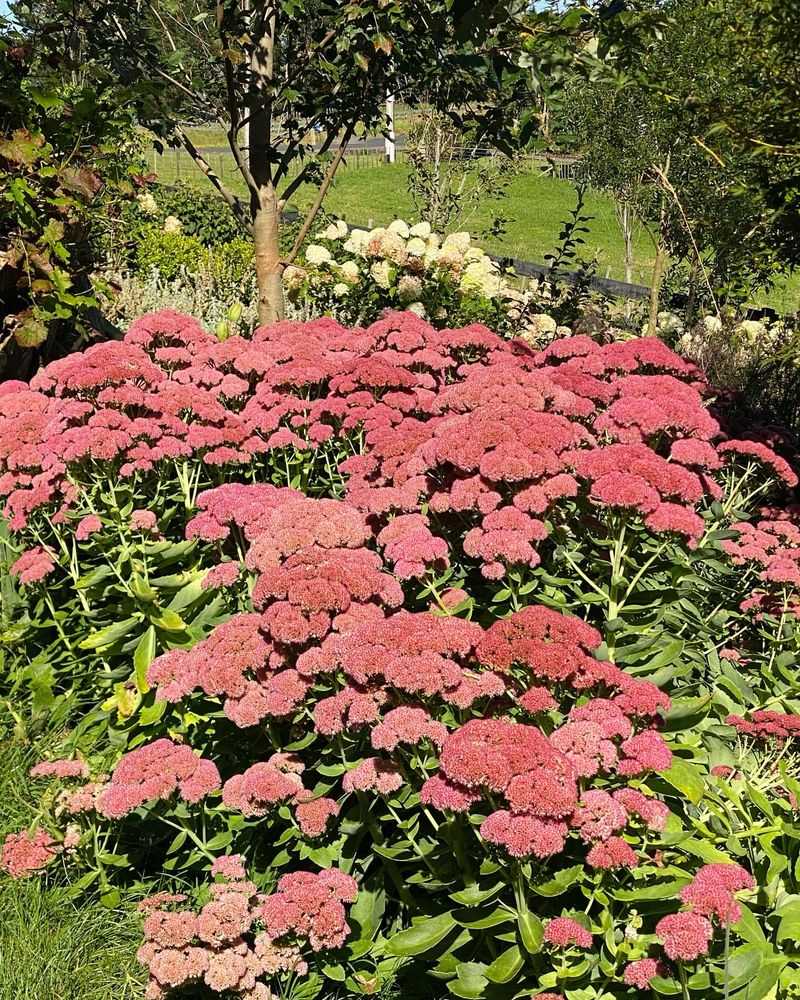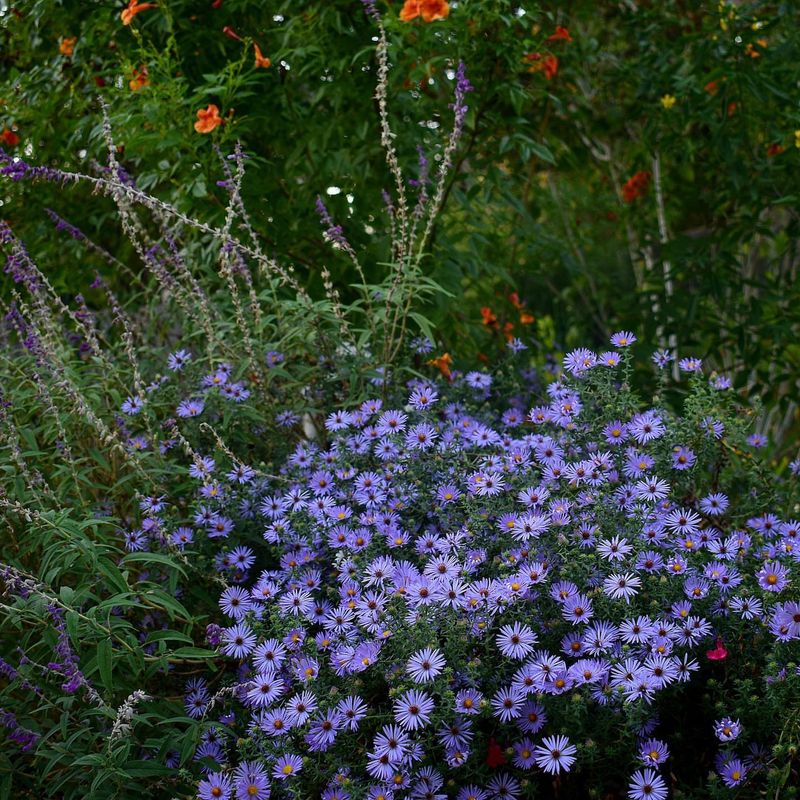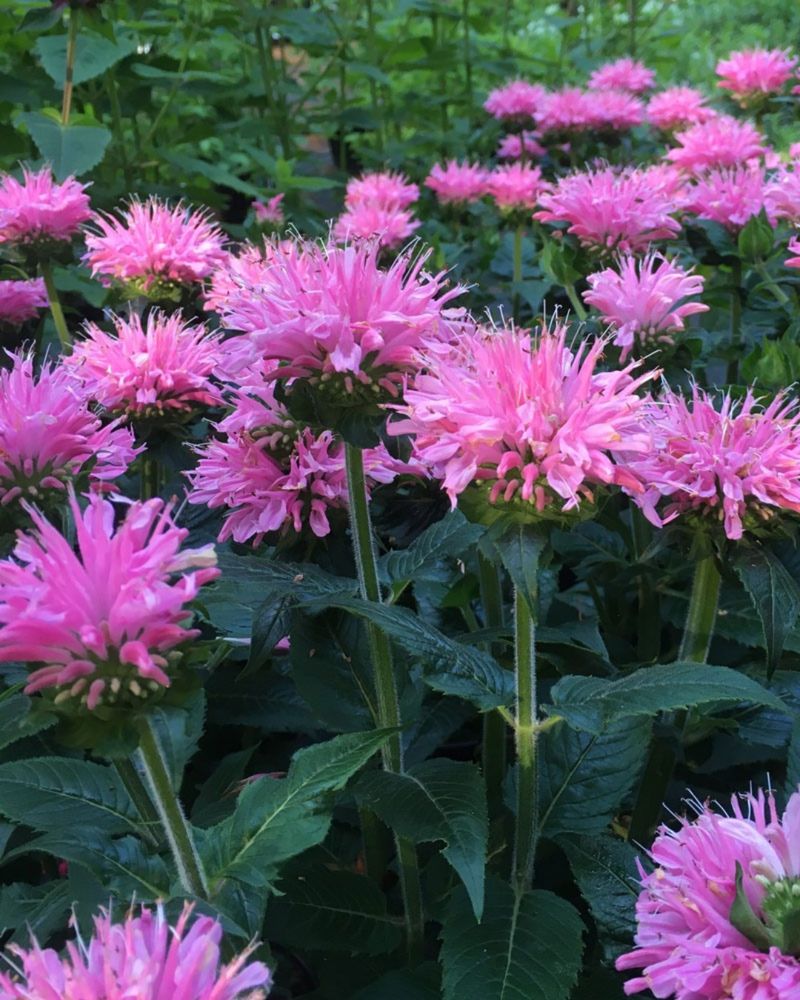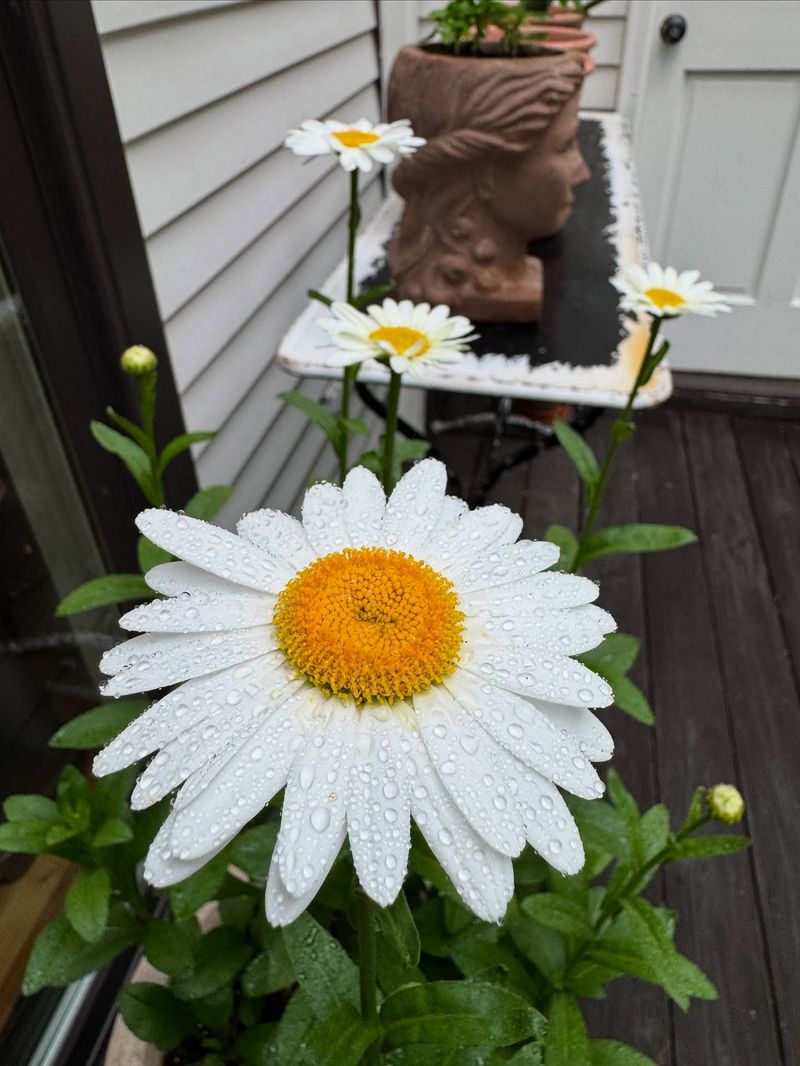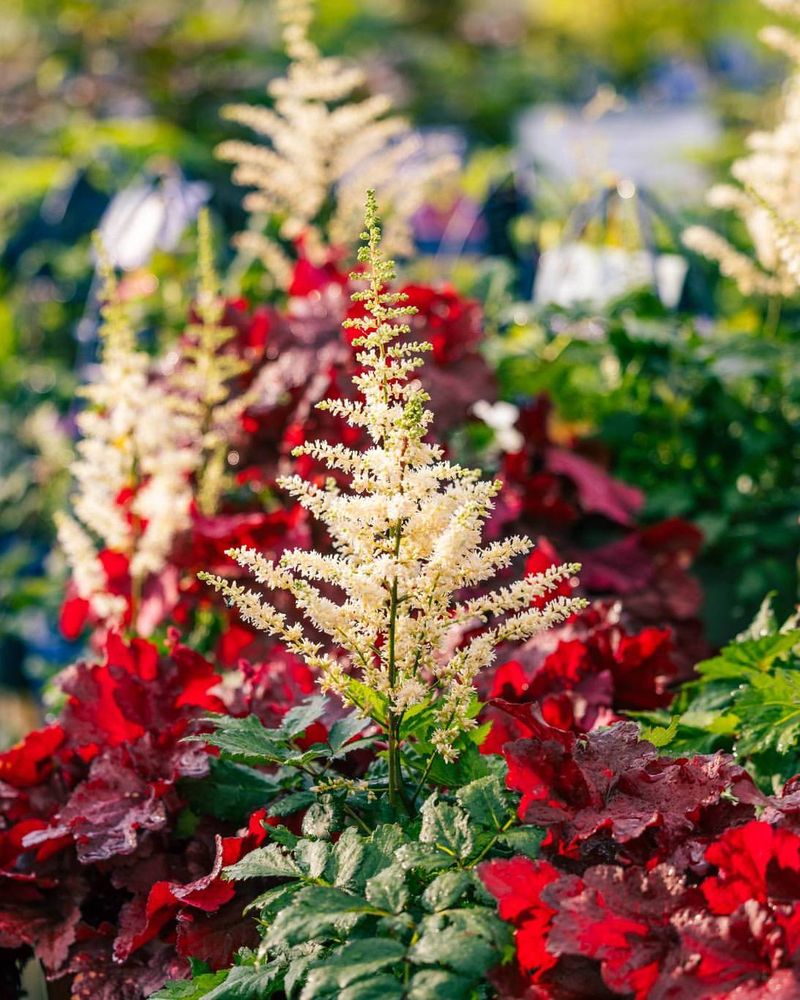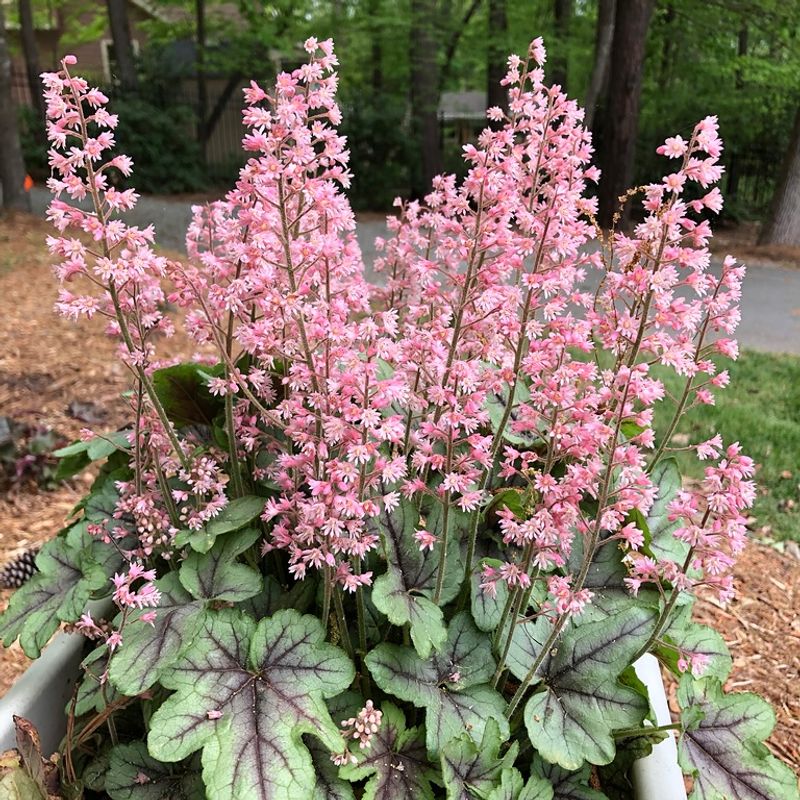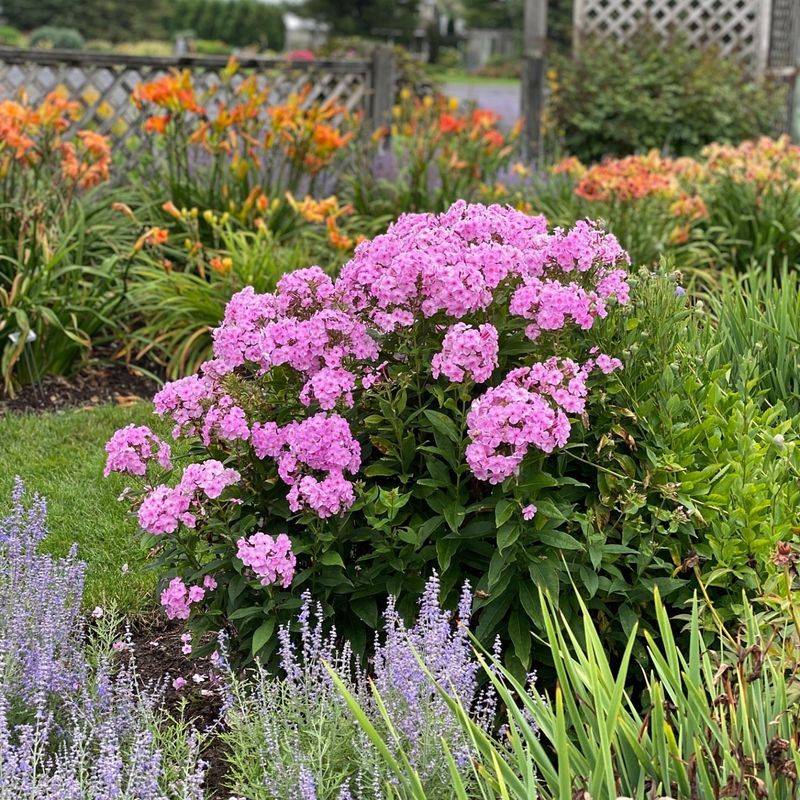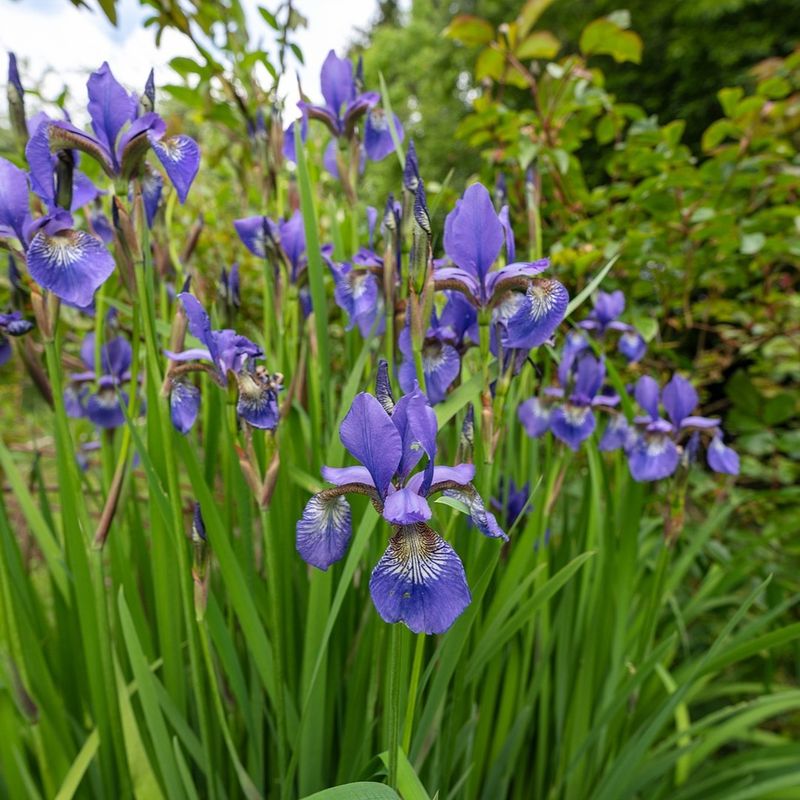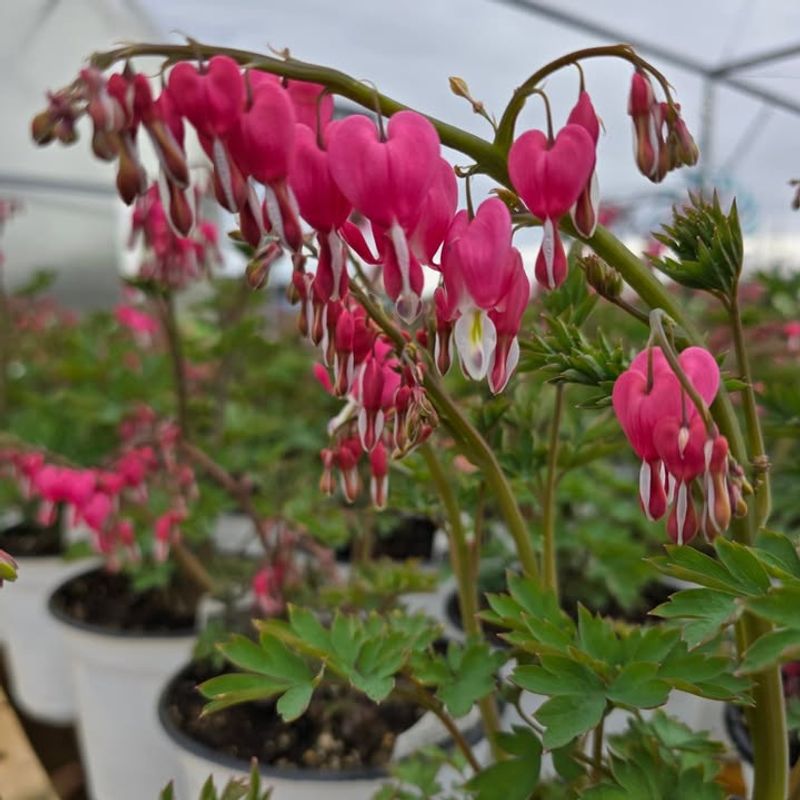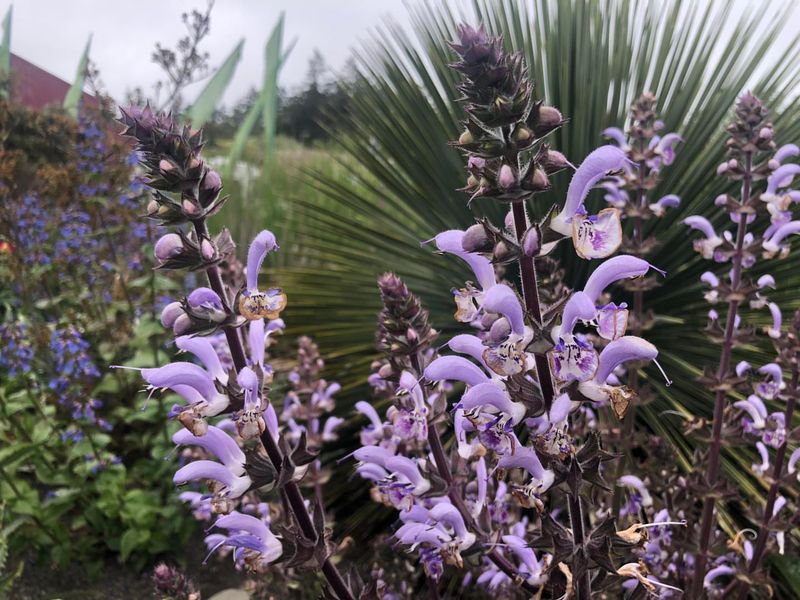Fall is the perfect season for Iowa gardeners to divide their perennials. The cooler temperatures reduce plant stress while giving roots time to establish before winter.
Splitting perennials now helps rejuvenate crowded plants, increases your garden without spending a dime, and sets you up for a spectacular spring display.
1. Hostas Love Fall Dividing
The lush, leafy hostas growing in your shady spots benefit tremendously from fall division. Their large root systems have stored up energy all summer, making them resilient to the splitting process now.
Wait until after the first light frost when leaves start yellowing. Using a sharp spade, dig around the entire plant and lift the clump, then separate with your hands or cut with a knife. Each division needs several healthy buds to thrive next season.
2. Peonies Prefer September Separation
September marks the ideal window for dividing those gorgeous peonies that have graced your garden for years. Many Iowa gardeners don’t realize these beauties can live for decades without division, but splitting rejuvenates older plants.
Cut stems to ground level first. Carefully dig around the plant, preserving as much root as possible. Look for natural divisions with 3-5 eyes (pink buds) per section. Remember not to plant divisions too deeply—eyes should sit just 1-2 inches below soil surface.
3. Daylilies Demand Autumn Attention
Overcrowded daylilies producing fewer blooms? Fall division works wonders for these Iowa garden favorites. Their tough nature makes them forgiving even for beginner gardeners attempting division for the first time.
Dig up the entire clump and shake off excess soil. You’ll see natural breaks where fans connect to the crown. Separate these with your hands or use a garden fork to gently pry them apart. Each division should have at least 2-3 fans and healthy roots to ensure successful establishment before winter.
4. Bearded Iris Benefit From Breathing Room
Late August through September offers the perfect opportunity to tackle those crowded iris rhizomes. After several years, these Iowa garden stunners form congested mats that produce fewer magnificent blooms.
Lift the entire clump and rinse soil from the rhizomes. Look for firm, plump sections with healthy roots and leaf fans. Cut rhizomes with a clean knife, ensuring each piece has a fan of leaves and roots attached. Trim leaves back to about 6 inches before replanting to reduce water loss while new roots establish.
5. Coneflowers Crave New Quarters
Purple coneflowers develop woody centers after a few years in Iowa gardens, making division necessary for continued vigor. The cooling temperatures of fall reduce transplant shock while giving roots time to establish.
Dig around the plant’s drip line and lift the entire clump. You’ll notice natural divisions where the plant can be pulled apart. For tougher clumps, use two garden forks back-to-back to pry sections apart. Each division should have several growing points and a good portion of roots.
6. Ornamental Grasses Get Growing Room
Fall brings the perfect timing to tackle those massive ornamental grass clumps that have outgrown their space in your Iowa landscape. Many varieties develop dead centers as they age, signaling the need for division.
First, cut back foliage to about 6 inches tall. Dig around the entire clump and lift it from the ground—you’ll need muscle for established plants! Use a sharp spade or saw to cut through the dense root mass. Each new section should be about the size of a dinner plate for best results.
7. Black-Eyed Susans Spread Their Sunshine
Vibrant black-eyed Susans respond beautifully to fall division in Iowa gardens. These prairie natives tend to spread enthusiastically, making regular division beneficial for maintaining garden harmony.
Simply dig up crowded clumps, preserving as many roots as possible. The plants naturally form distinct growing points that can be gently pulled apart by hand. Each division should have several stems with leaves and a good root system. Water thoroughly after replanting to help roots establish before the ground freezes.
8. Yarrow Yearns For Youthful Vigor
After 2-3 years, yarrow plants develop woody centers that produce fewer of those lovely flat-topped flower clusters Iowa gardeners adore. Fall division rejuvenates these easy-care perennials perfectly.
Lift the entire plant and shake off excess soil. You’ll notice the healthiest growth around the edges of the clump. Discard the woody center and divide the outer portions into sections containing several growing points. These vigorous edges will quickly establish themselves before winter and reward you with abundant blooms next summer.
9. Sedum ‘Autumn Joy’ Splits Easily
Sedum ‘Autumn Joy’ presents the perfect irony—just as its russet blooms reach their fall glory, it’s time to divide! These succulents form crowded clumps that flop open if left undivided for too many Iowa seasons.
Dig around the plant’s perimeter and lift the entire clump. The thick, fleshy roots separate easily by hand or with a garden knife. Each division should have several growing points and roots. Allow divisions to dry for a day before replanting to prevent rot, especially important in Iowa’s sometimes wet fall conditions.
10. Asters Appreciate Autumn Adjustments
Fall-blooming asters ironically benefit from division right as they’re showing off their purple glory in Iowa gardens. After 2-3 years, asters develop woody centers and flop open without support.
Wait until flowers fade, then dig up the entire clump. You’ll find natural divisions where stems emerge from the crown. Separate these sections, discarding the woody center. Each division should have several stems and a good root system. Cutting back the foliage by half reduces stress on the newly divided plants.
11. Bee Balm Bounces Back Better
Monarda (bee balm) spreads vigorously through underground runners in Iowa gardens, making fall division necessary to keep these pollinator magnets in bounds. Division also helps prevent the powdery mildew that often plagues crowded plants.
Dig up the entire patch, which may have expanded considerably since planting. The runners create a network of plants that can be easily pulled apart by hand. Keep only the healthiest outer portions with strong stems and roots. Replant immediately and water well to establish before winter.
12. Shasta Daisies Demand Division
Those cheerful Shasta daisies that brightened your Iowa summer garden need division every 2-3 years to maintain their vigor. Fall division prevents the dying centers and floppy growth that plague neglected plants.
Dig around the clump’s perimeter and lift the entire plant. You’ll notice natural divisions where the crown has produced multiple growing points. Gently pull these apart, ensuring each division has several leaves and a good root system. Discard any sections with woody stems or signs of disease.
13. Astilbe Asks For Autumn Action
Shade-loving astilbes develop congested root systems after 3-4 years in Iowa gardens. Their feathery plumes will diminish unless you intervene with timely division in early fall.
Lift the entire clump carefully to avoid damaging the fibrous roots. You’ll see natural breaking points where the crown can be separated. Use a sharp knife for stubborn sections. Each division should have several growing points and a good portion of roots. Replant immediately and keep consistently moist until the ground freezes.
14. Coral Bells Call For Care
Heuchera (coral bells) gradually push themselves up out of the ground in Iowa gardens, leaving crowns exposed to harsh winter conditions. Fall division solves this problem while reinvigorating these colorful foliage plants.
Dig around the plant and lift carefully to preserve the root system. You’ll notice that the crown has multiple growing points that can be separated with a sharp knife. Each division should include several leaves and a portion of the root system. Replant with the crown just at soil level for best winter protection.
15. Garden Phlox Prospers Post-Division
Tall garden phlox delivers incredible summer fragrance to Iowa gardens, but becomes susceptible to powdery mildew and produces fewer flowers when crowded. Fall division every 3-4 years keeps these beauties performing their best.
After stems die back, dig up the entire clump and shake off excess soil. Look for natural divisions where stems emerge from the crown. Separate these sections, discarding the older center portions. Each division should have 3-5 shoots with healthy roots attached. Replant immediately at the same depth.
16. Siberian Iris Seeks Space
Unlike their bearded cousins, Siberian iris forms dense, fibrous root systems that benefit from division every 3-5 years in Iowa gardens. When blooms diminish and the center dies out, it’s definitely time to divide.
Dig deeply around the clump—Siberian iris has tenacious roots! Lift the entire plant and use a sharp spade or garden knife to cut through the dense root mass. Each division should be about the size of your hand with several fans of leaves. Trim foliage back by half before replanting to reduce water loss.
17. Bleeding Hearts Benefit From Breathing Room
Though bleeding hearts go dormant in Iowa’s summer heat, fall remains the perfect time to divide these spring beauties. The plants have stored energy in their roots and formed new growth buds for next season.
Carefully dig around the plant’s drip line and lift the entire clump. You’ll see natural divisions where you can separate the roots with minimal damage. Each section should have several growth buds. Plant divisions immediately at the same depth as the original plant, and water thoroughly.
18. Baptisia Beckons Brave Gardeners
False indigo (Baptisia) develops massive taproots in Iowa’s rich soil, making division challenging but worthwhile for plants older than 5 years. Fall offers the ideal time when plants have finished their growth cycle.
Dig deeply around the plant, at least a foot away from stems. You’ll need to go down 12-18 inches to get under the main root mass. Use a sharp spade to cut through the woody taproot. Each division should have several stems and a portion of the root system. Be patient—divided plants may take a season to recover fully.
19. Salvia Seeks Seasonal Splitting
Perennial salvias like ‘May Night’ develop woody centers after several years in Iowa gardens, resulting in fewer of those striking purple spikes. Fall division rejuvenates these pollinator favorites perfectly.
Wait until flowering has finished, then dig up the entire plant. You’ll notice younger, more vigorous growth around the edges and a woody center. Separate these outer sections, discarding the unproductive middle. Each division should have several growing points and a good root system. Trim foliage back by half before replanting.

